The Photographer of Warsaw Perishing
Category
The Period of War and Occupation
Donated by
Aleksandra Szczygielska i Małgorzata Szczygielska-Scott
Signature
IPN BU 4111
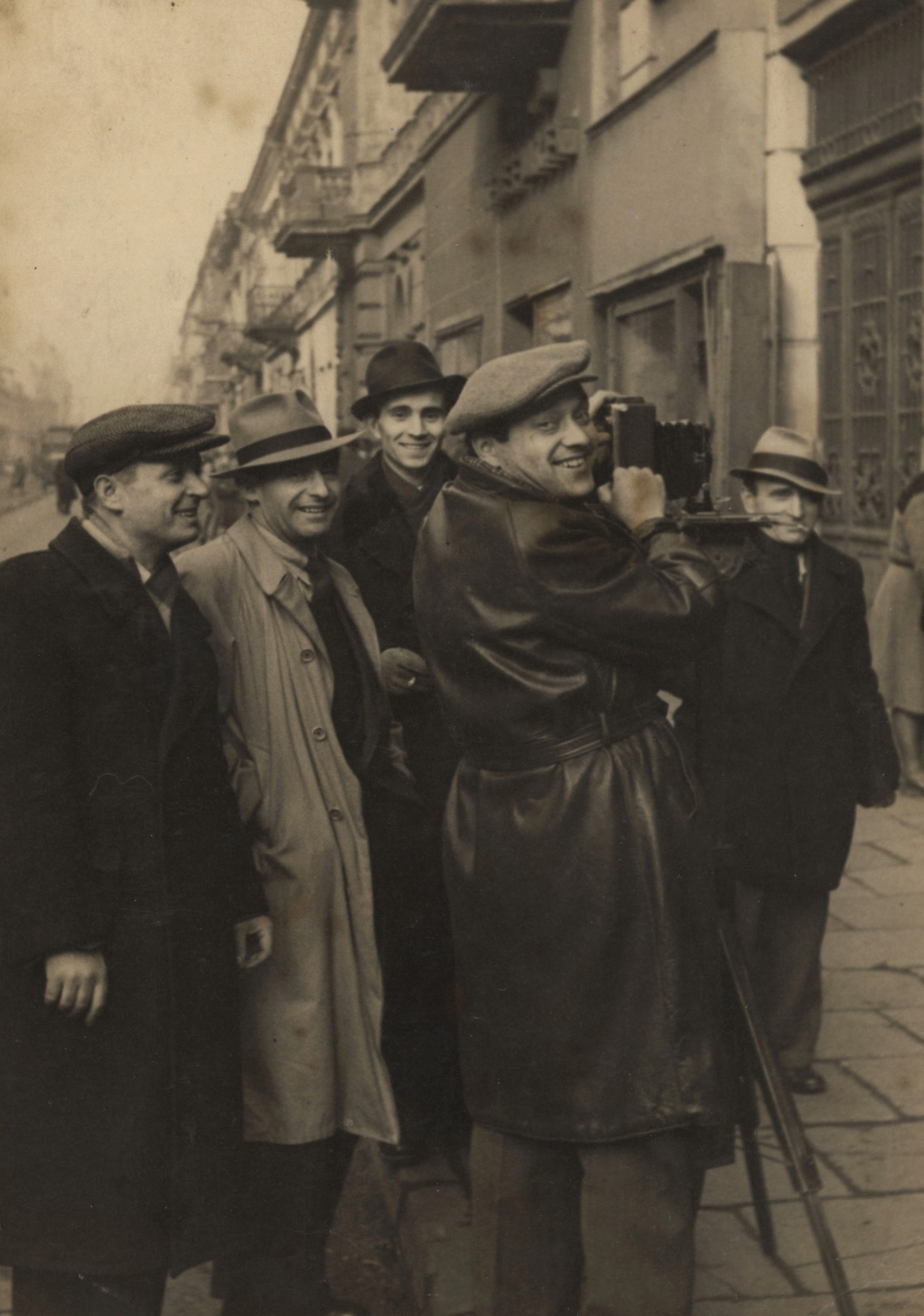
Henryk Śmigacz as a photojournalist, Warsaw 1938/1939
Wartime Warsaw through the lens of Henryk Śmigacz
Henryk Śmigacz was born on 16 August 1911 in Warsaw. He gained his professional training under the guidance of Jan Ryś, a well-known and esteemed sports and portrait photographer in the interwar period. Together they formed the pair of photographers collaborating with Kurjer Warszawski – a right-leaning daily newspaper published in the years 1821–1939, popular among Warsaw’s elite.
In September 1939, both photographers received a special permit, issued by the president of Warsaw, Stefan Starzyński and Gen. Juliusz Rómmel, that enabled them to move about freely in Warsaw. Despite the danger, they made photographs that chronicled the life of Warsaw inhabitants under German occupation, their fight with the Nazi aggressor and the destruction of the frequently bombarded capital. Henryk Śmigacz is the author of photographs of the burning Royal Castle and the Old Town, which included the cathedral of St. John the Baptist just after its bombing in September 1939. Preserved on 9x12 cm glass plates, they were recently donated to the IPN Archive’s repository.
Henryk Śmigacz was one of the official photographers of the Government Delegation for Poland [an agency of the Polish Government in Exile] during the Warsaw Uprising. His photographs of this period document the ruins of Warsaw’s Śródmieście (city center) district. Photographs of the uprising comprise the small part saved (eighty-two items) of a collection of two thousand negatives that Śmigacz had hidden in the basement of his apartment and photographic studio at 24 Złota St. before the capitulation of the city and his departure from Warsaw.
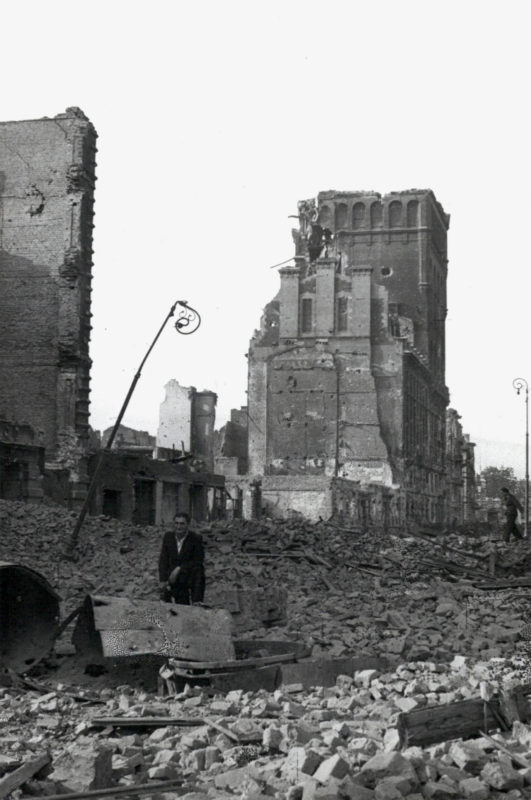
Bombed PAST building (Polska Akcyjna Spółka Telefoniczna, Polish Telephone Joint-stock Company) at 39 Zielna St., Warsaw 1944

Ruins of a courtyard in the Śródmieście (city center) district, Warsaw 1944
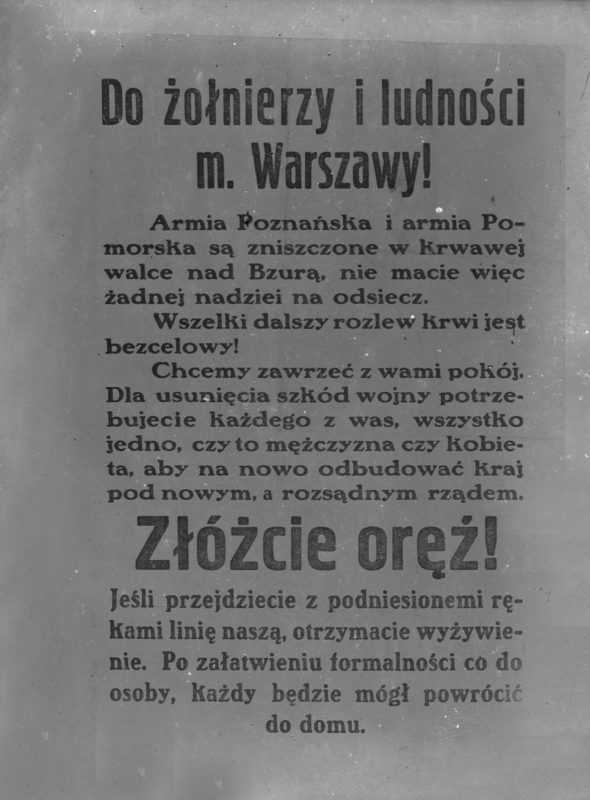
German appeal “To soldiers and the people of Warsaw!” calling for surrender, Warsaw, September 1939 (scan of a photo on a glass plate)
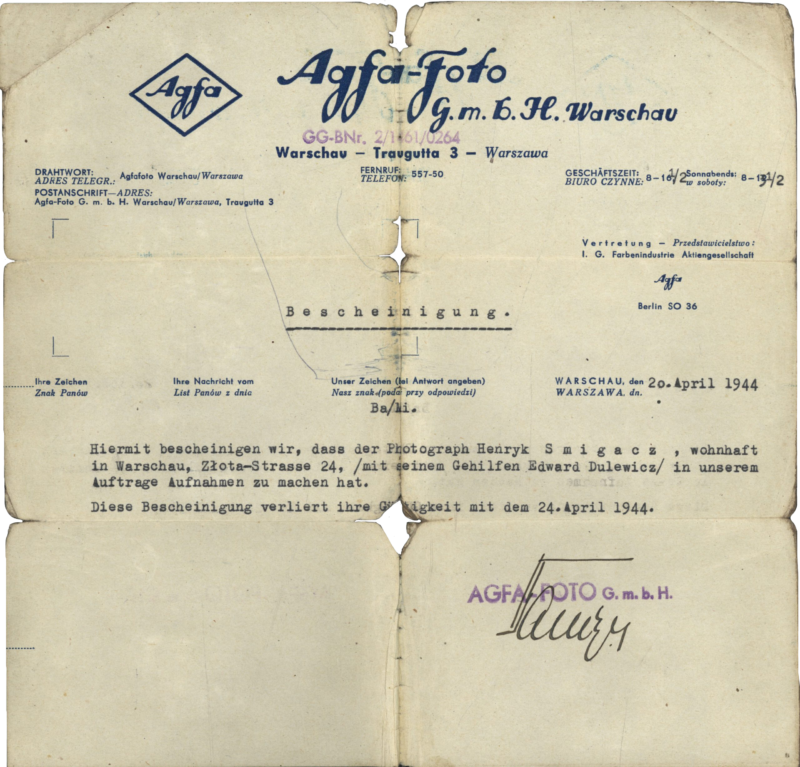
Certification issued by Agfa-Foto Gmbh, for Henryk Śmigacz and his assistant Edward Dulewicz, Warsaw, April 20, 1944
Relocation to Lodz
After the war, Henryk Śmigacz settled in Lodz where he ran a photography studio, first at 6 Piotrowska St. and later at no. 43 on the same street. He also cooperated with the Lodz theatre scene. He left behind a profuse collection of photographs (preserved on glass plates) of theatre and opera performances in Lodz from the late 1940s to the 1960s. This is complemented by portraits and group photographs of actors, singers, and dancers made in his studio: Irena Brodzińska, Edmund ‘Wayda’ Szymaszkiewicz, Jan Kiepura, Adolf Dymsza, and Henryk Szwajcer. Henryk Śmigacz’s legacy also includes unique photographs of the photographer’s private and social life: his studio, apartment, family and friends, free time and interests, as well as his previously mentioned war era documents.
An obituary from March 26, 1972, printed in the Sunday issue of Expres Ilustrowany on the night after his death, wrote: “[…]Henryk Śmigacz has died, photographic artist, friend of actors, writers, and journalists, chronicler of Lodz theatres from the time of Krasnowiecki and Schiller to the era of Axer and Dejmek. [...] Lodz became a second home for this Varsovian from the Old Town. […] Here he kept ‘his’ Warsaw – views of the Old Town before its destruction, portraits of friends and the great actors of Warsaw. […] Henryk Śmigacz, a distinguished and original artist and photographer.”
The memory of successive generations
The rich collection of Henryk Śmigacz’s photographs as well as his resettlement documents were donated by his daughter, Aleksandra Szczygielska, and grand-daughter Małgorzata. In this way, they wanted to fulfill Henryk Śmigacz’s commitment to preserve the memory of the victims and losses suffered by the Polish people at the hands of the German occupiers during World War II. A significant part of this photo collection was never published in the form of prints and for a long time it was kept abroad (in Belgium). The collection will undergo conservation, and then will be digitalized and made available for the general public.
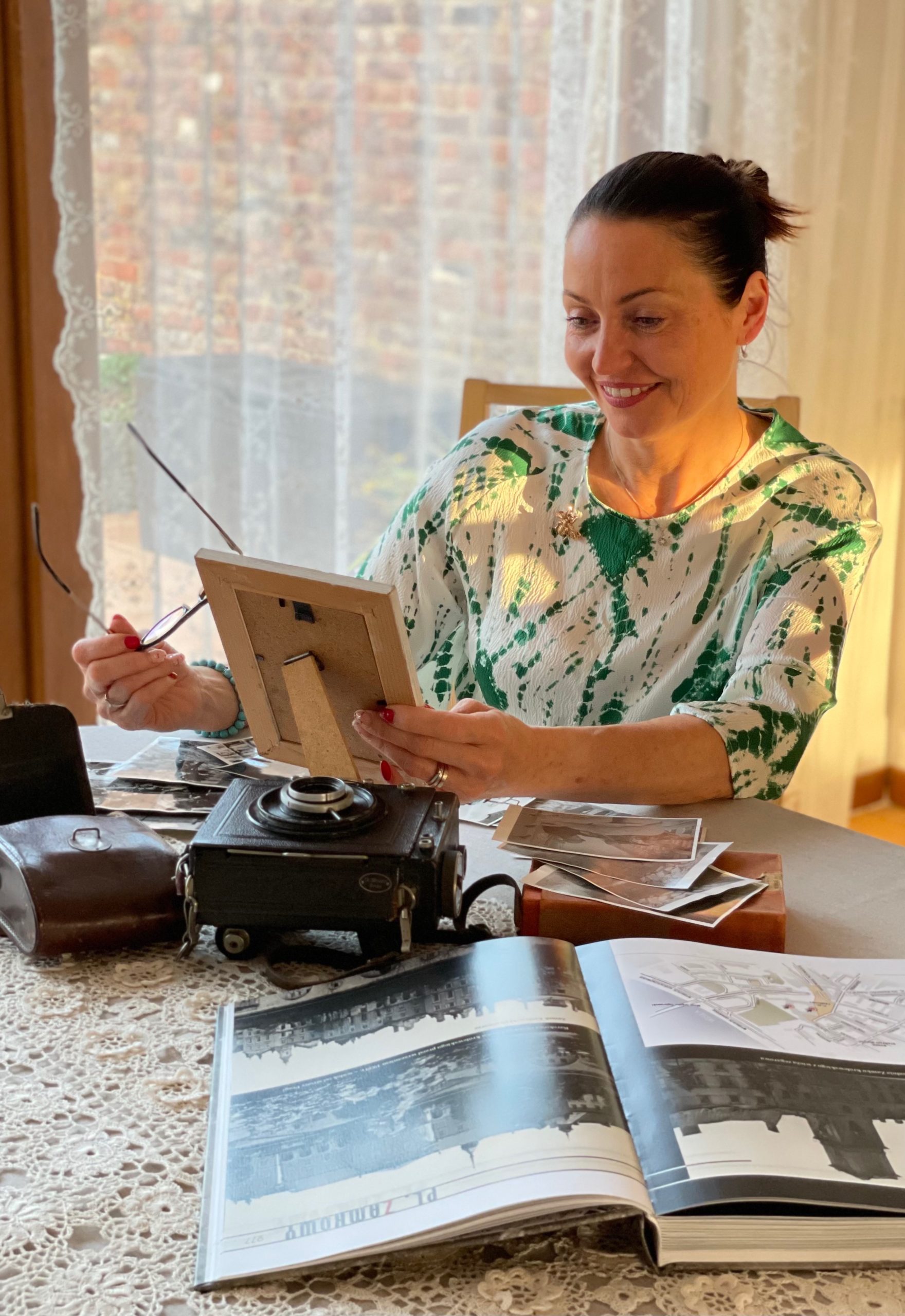
Małgorzata Szczygielska with the personal archive of her grandfather, Henryk Śmigacz